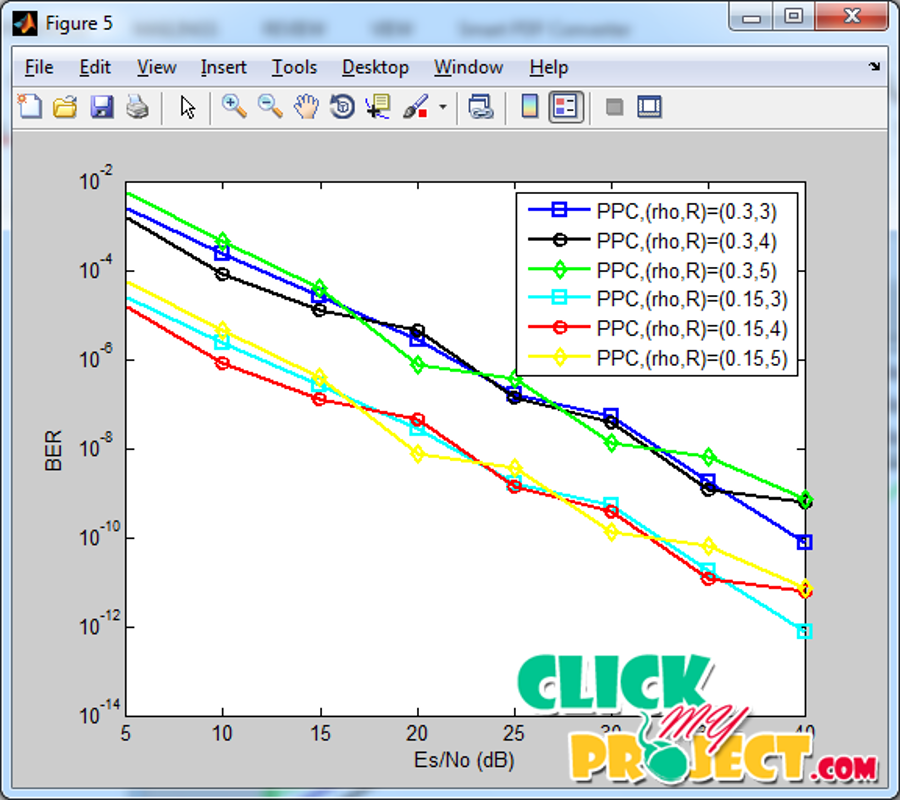Path Permutation Codes for End-to-End Transmission in Ad Hoc Cognitive Radio Networks
Our Price
₹3,500.00
10000 in stock
Support
Ready to Ship
Description
The main trend in wireless communications has been shifted from voice transmission to data-centric communication. This shift has caused an increase in the data rate requirements for future wireless communication systems. These requirements result in need for large bandwidth. Being a limited and thus expensive resource, wireless spectrum needs to be used efficiently. For higher spectral efficiency, new transmission techniques as well as new dynamic spectrum-allocation policies are needed. Cognitive radio is a promising approach for increasing spectral efficiency of wireless systems. By exploiting advanced signal processing techniques and sophisticated transmission schemes, cognitive radio devices allow to serve new wireless users within the existing crowded spectrum. Typically, a cognitive radio network is installed in parallel to an existing primary network, a legacy owner of the spectrum. The cognitive radio network adapts to its electro-magnetic environment in order to limit or even avoid the disturbance to the primary network. In the existing system, routing can be established in a statistical manner by utilizing only the local information, meaning that some links in a route are allowed to be available occasionally such that the control overhead can be greatly saved. In this project the system proposed an end-to-end path-permutation coded (PPC) transmission in which one relay path is accessed at a time and the transmission is hopped among multiple relay paths. And also the system develop an efficient multiple-tree joint sphere decoding (JSD) algorithm operating at the destination node, which jointly identifies the presence of erasures and the order of the accessed paths so as to decode the data packet.
Tags: 2015, Communication, Matlab




